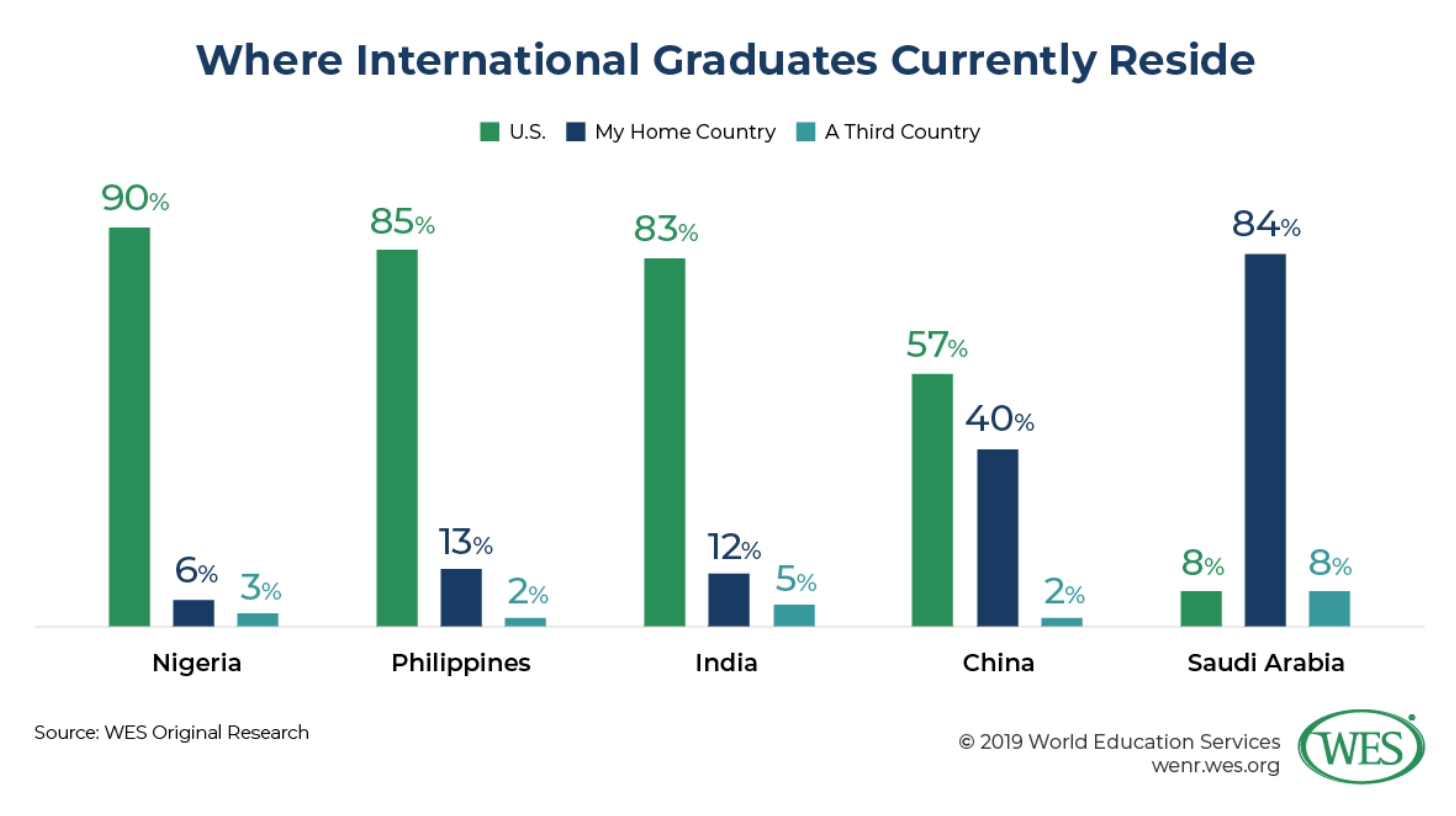
Best Ways to Send Money to Home for International Students
International students can send money to their home countries through a variety of methods. When choosing a method to send money to home, it's important to compare the exchange rates, fees, and transfer times of each option to determine which one is the best fit for your needs. Additionally, you should carefully consider the security and reliability of the service before making a transfer.
Wire Transfer
A wire transfer is a direct bank-to-bank transfer of funds. Many banks in India offer wire transfer services for international students to send money home. The fee for a wire transfer from an international location to India depends on several factors, including the sending bank, the receiving bank, and the amount being transferred. Some banks may charge a flat fee for international wire transfers, while others may charge a percentage of the total amount being transferred. In addition to the fees charged by the banks, there may also be additional charges from intermediaries or currency exchange services. On average, wire transfer fees for international transfers to India can range from $20 to $50 or more, depending on the amount being transferred and the banks involved. Some banks may also offer special deals or promotions that can reduce the cost of wire transfers.
Online Money Transfer Services
Online money transfer services: Online money transfer services such as PayPal, Xoom, and TransferWise enable you to send money from your bank account or debit card to a recipient in India. These services generally offer competitive exchange rates and low fees, but comparing them to find the best rates could be time-consuming. In such cases, websites like
Prepaid debit cards
Prepaid debit cards allow you to load money onto the card and use it to make purchases or withdraw cash at ATMs. Some cards, such as the Axis Bank World Traveller Card, are specifically designed for international students and allow you to send money to India. A prepaid debit card can be used to send money to India internationally by following these steps:
The advantage of using a prepaid debit card to send money to India is that it offers a convenient and secure way to access funds while traveling. Additionally, the recipient in India can use the card to make purchases or withdraw cash without having to exchange currency.
Cash pick-up
Cash pickup service is a type of international money transfer service that allows you to send money to India, where the recipient can then pick up the funds in cash at a designated location. This service is often used by people who do not have access to a bank account or who prefer to receive funds in cash. Here's how cash pickup service works:
The advantage of using cash pickup service to send money to India is that it offers a convenient and accessible way to access funds for people who do not have a bank account. Additionally, the recipient can pick up the funds in cash, making it easy to use the funds for everyday expenses. However, it's important to be aware of the fees associated with cash pickup services, which can be higher than other forms of international money transfer. Additionally, the exchange rate offered by the money transfer operator may not be as favorable as other options, such as sending money directly to a bank account. When choosing a method to send money to India, it's important to compare the exchange rates, fees, and transfer times of each option to determine which one is the best fit for your needs. Additionally, you should carefully consider the security and reliability of the service before making a transfer.
